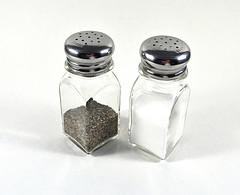It can be difficult to lose weight on your own, but with some dedication and a few smart tips from the professionals, your weight loss goals are completely attainable. Here are three healthy ways for women to lose weight. (Be sure to ask for doctor for advice, too!)
- Never skip a meal. Many people skip meals while dieting in order to cut calories (or because they went overboard with a previous meal), but this is one of the worst things you can do in the long run. Not only does skipping meals make you feel hungry and even faint or dizzy, it also slows your metabolism and can even cause you to overeat at your next meal. Shoot for five small, balanced meals per day.
- Be realistic about your weekly weight loss. While it is possible to drop a lot of weight all at once, you’re much more likely to gain the weight back if you follow this plan. Instead, aim to lose 2 to 2.5 pounds per week, which is the amount that most doctors consider healthiest for the average woman.
- Plan short, intense blocks of exercise each day. It’s not always easy to work out every day, but studies show that shorter, more intense bursts of regular exercise are more conducive to weight loss than working out for longer periods only a few times per week.
Our 75 Best Tips for Losing Weight [Woman’s Day]
Women's Health [WebMD]
6 Weight Loss Tips to Steal From French Women [Shape]




 Equal Housing Opportunity
Equal Housing Opportunity